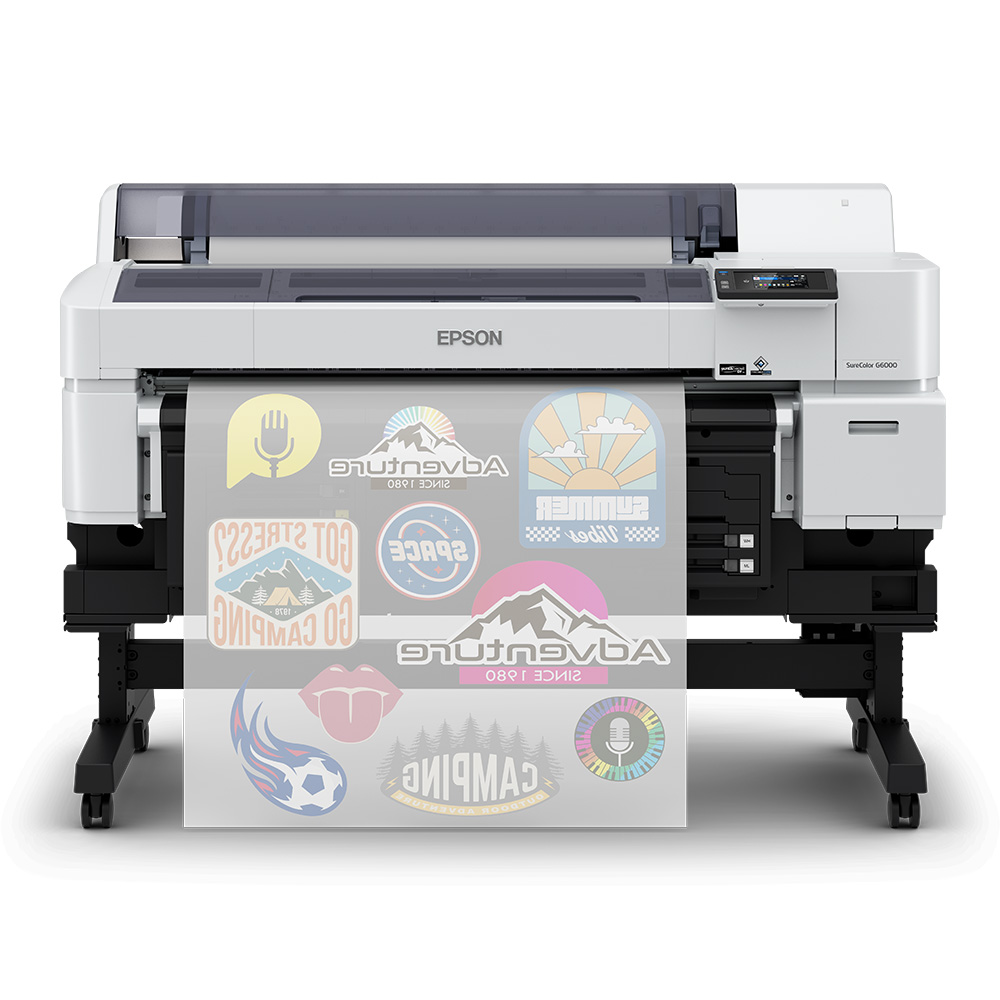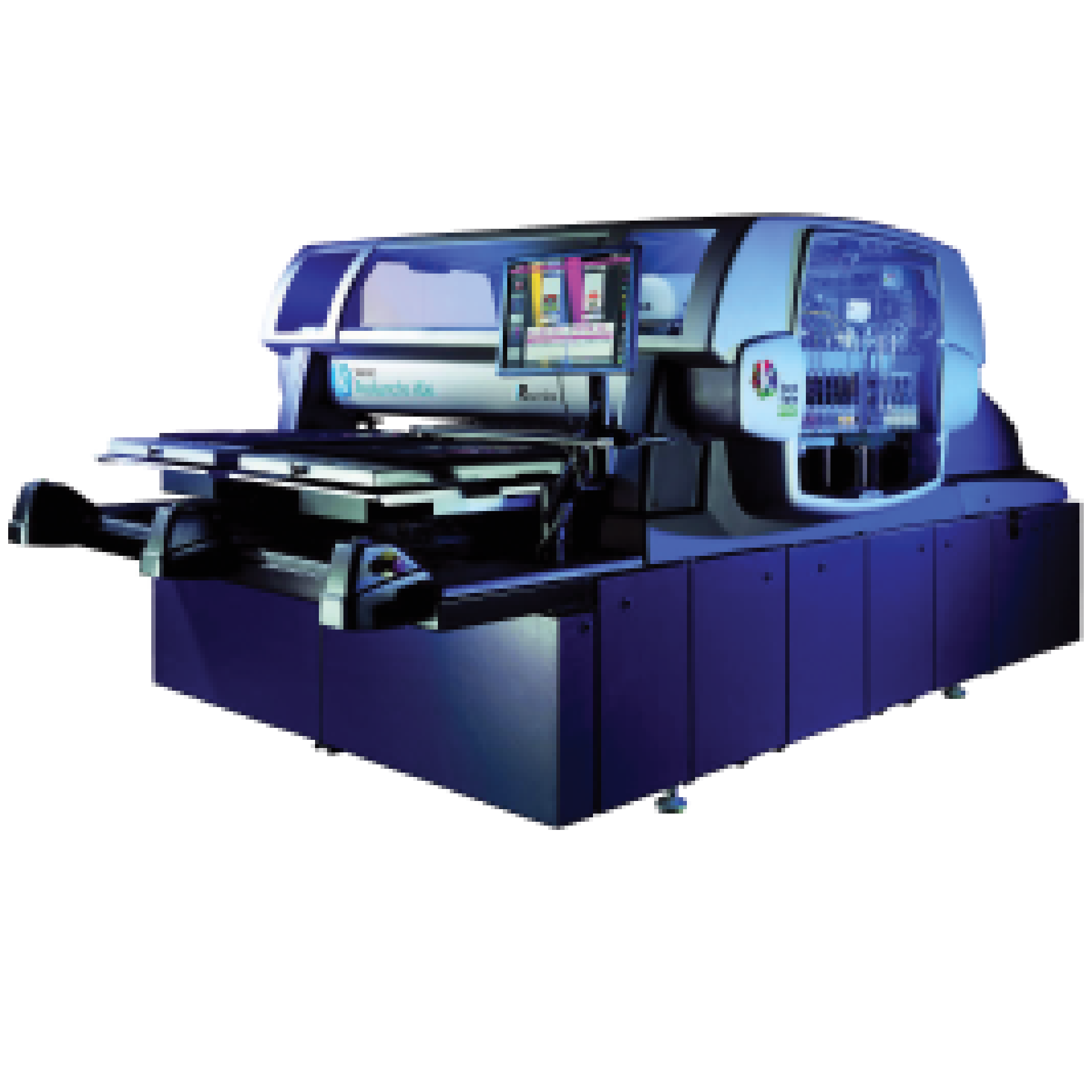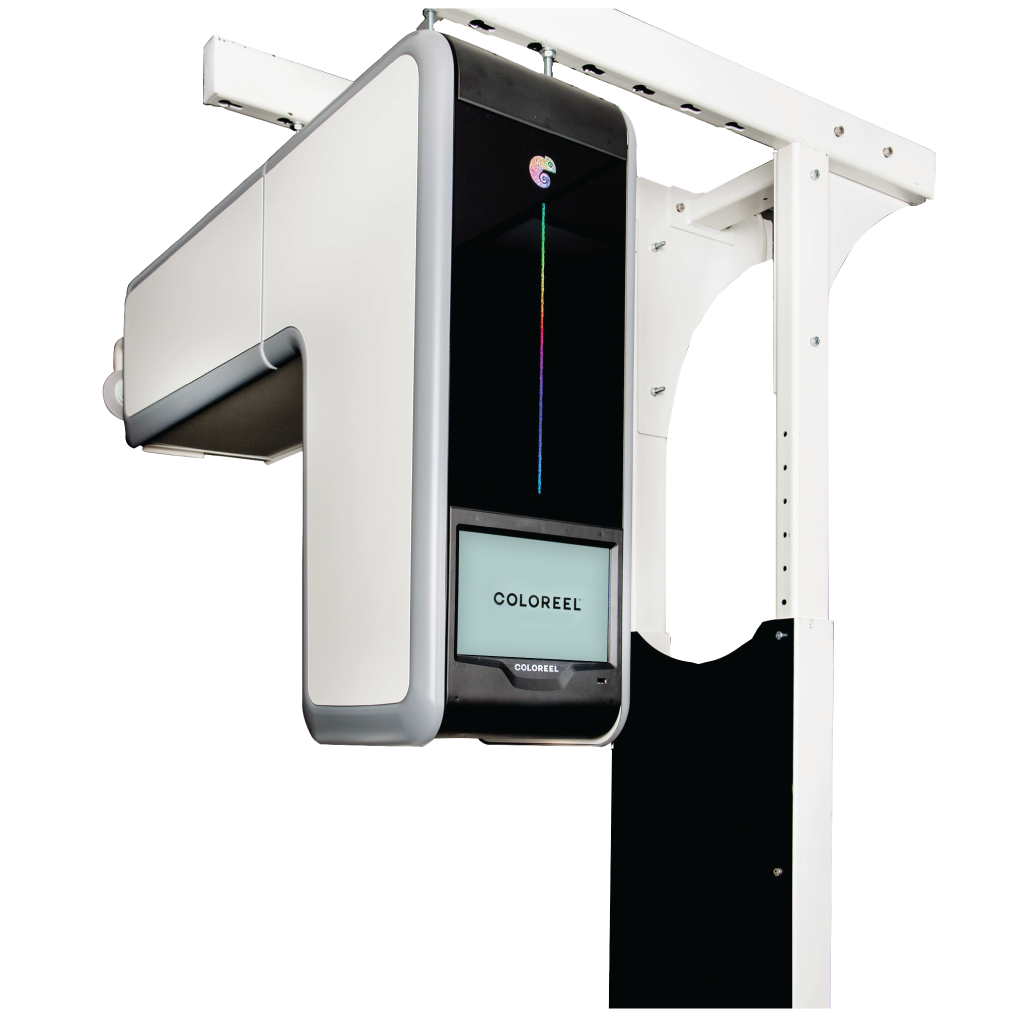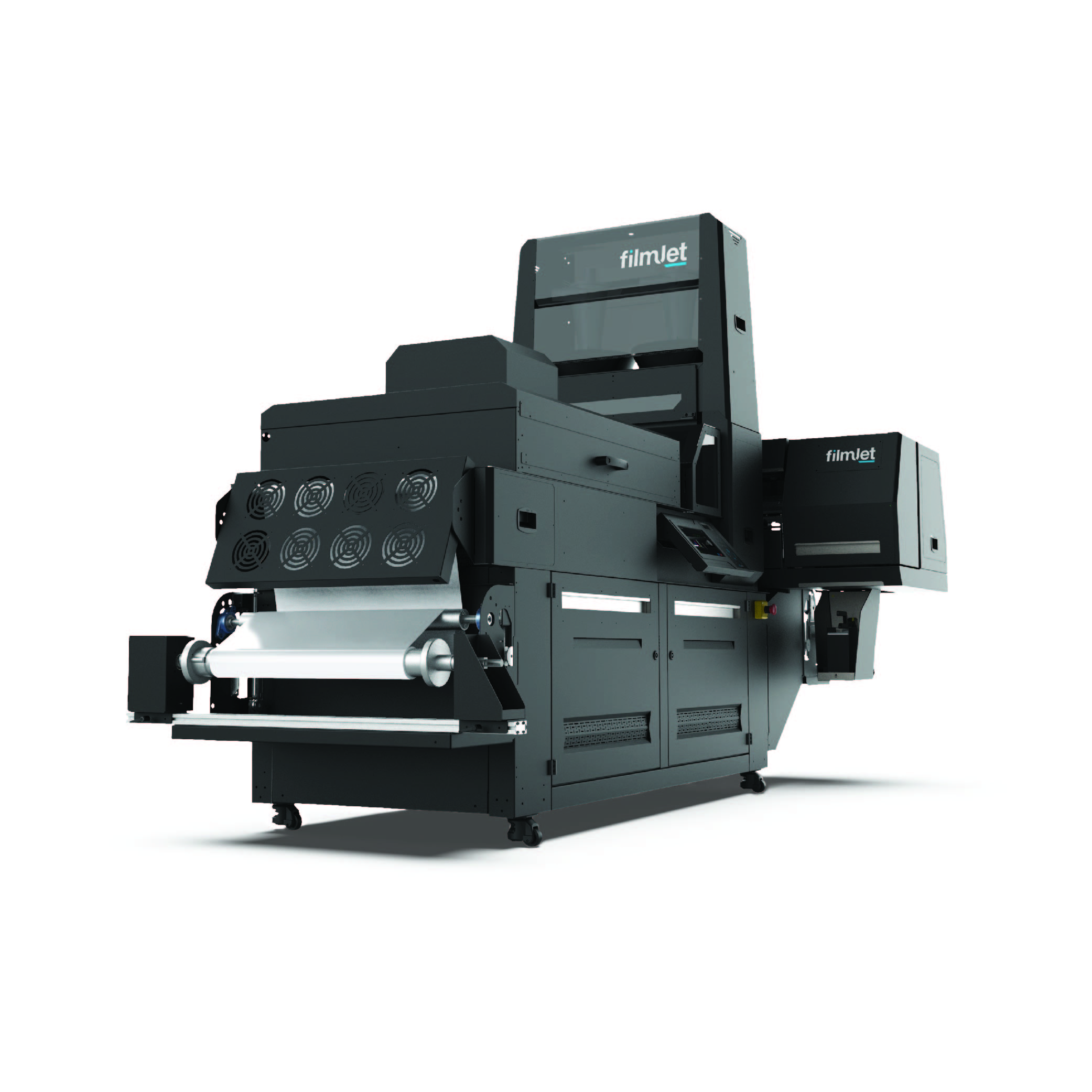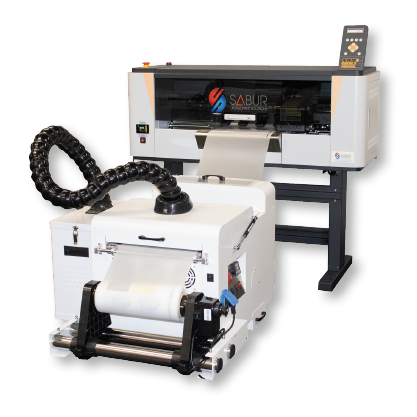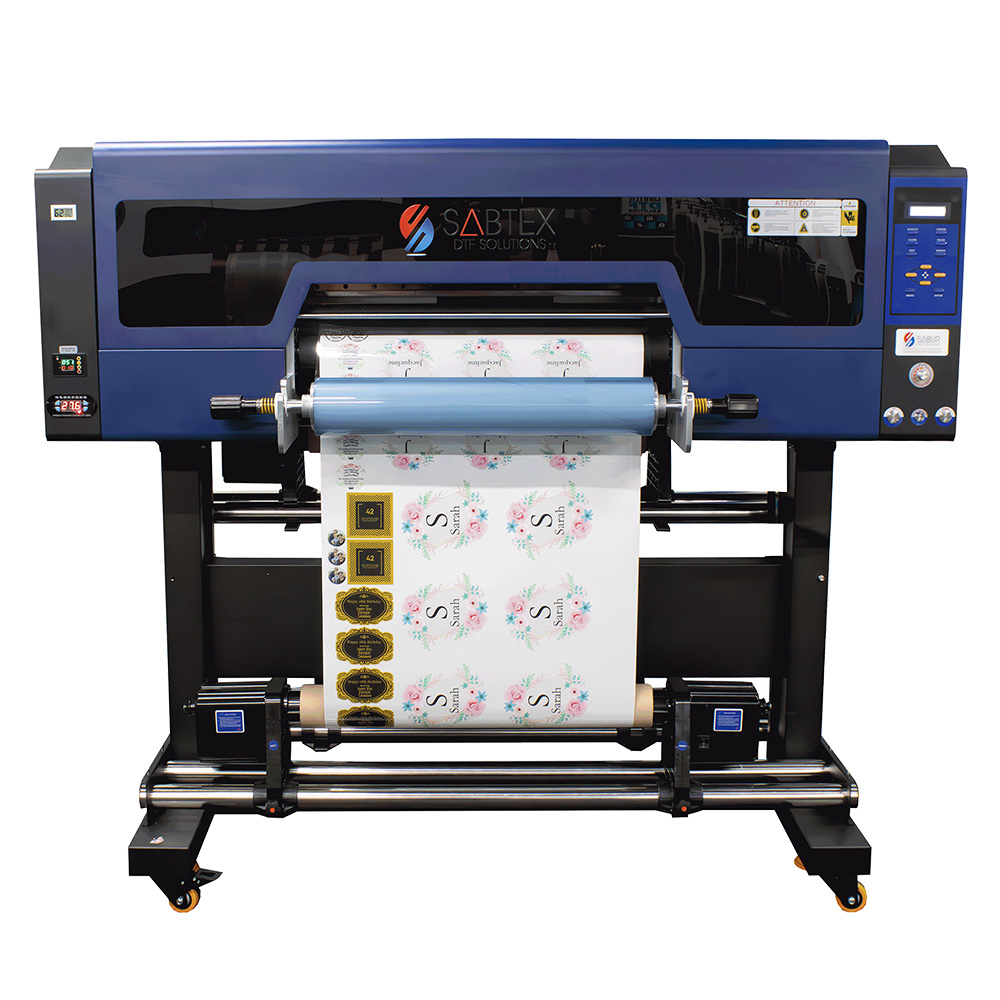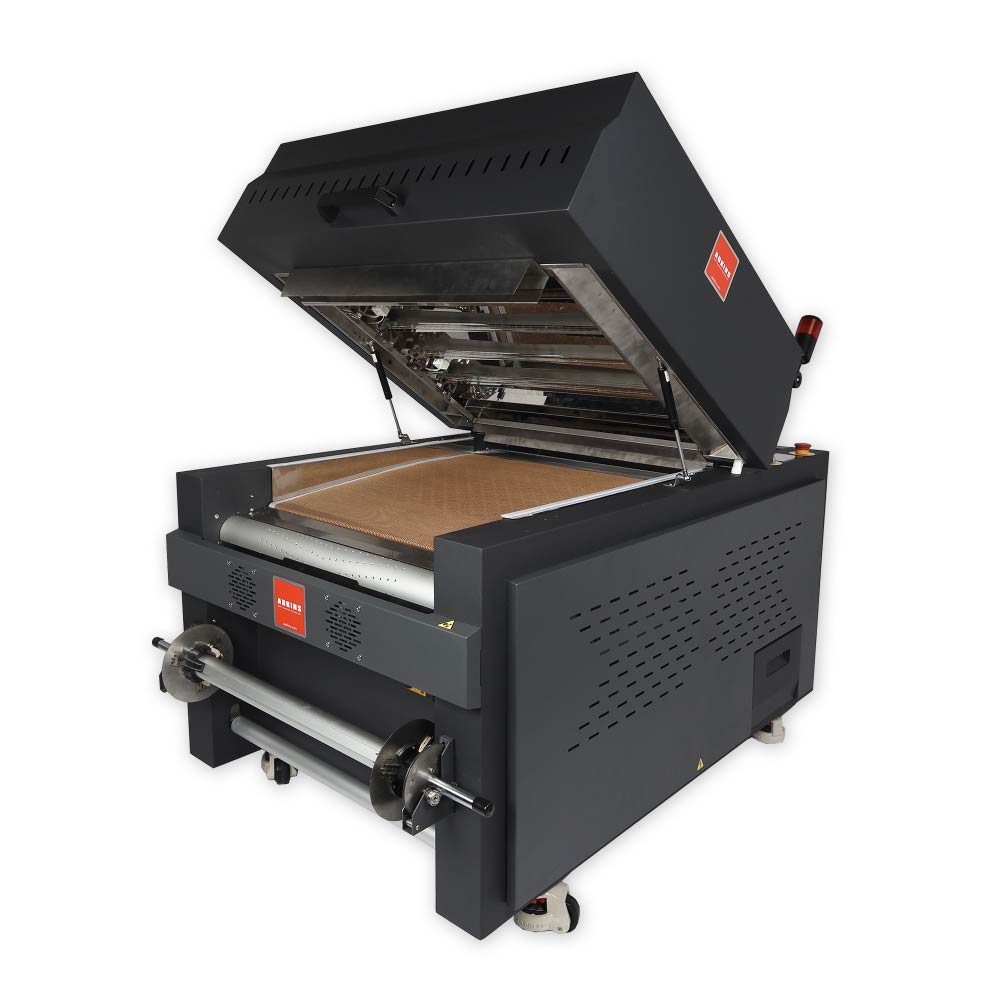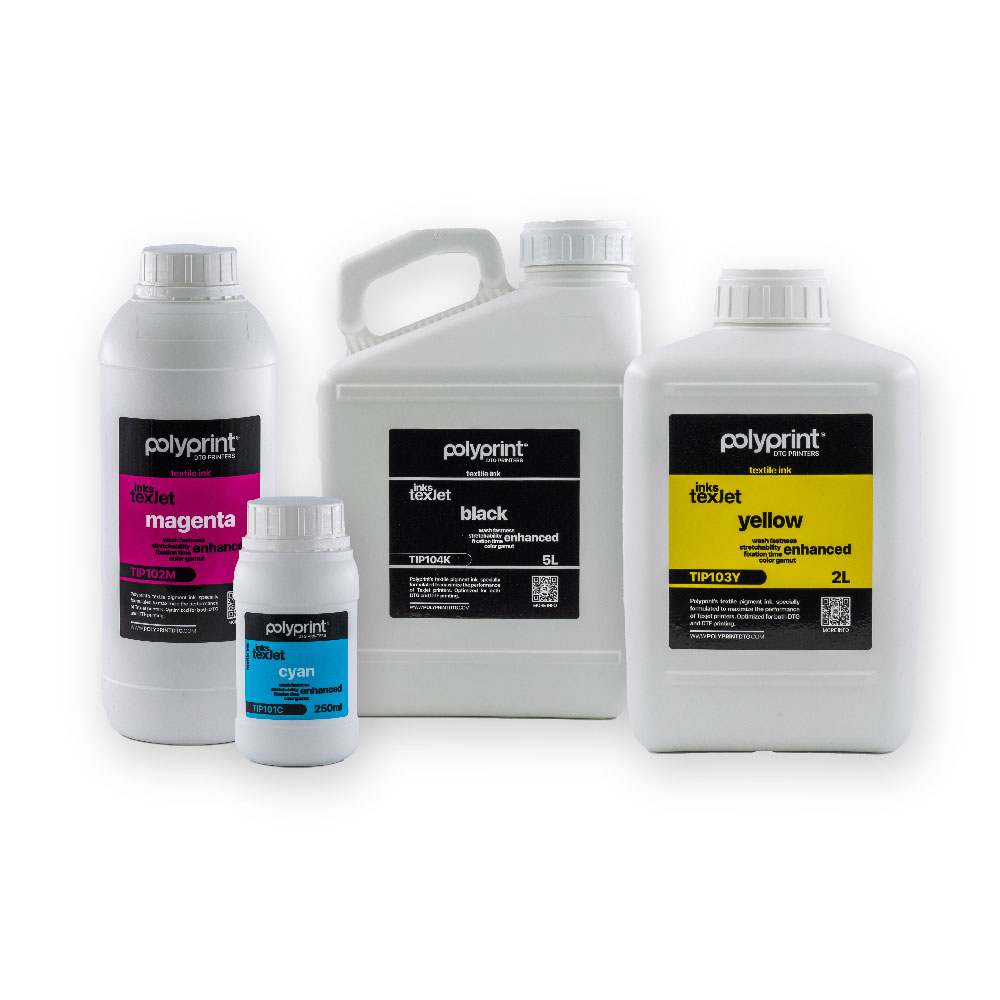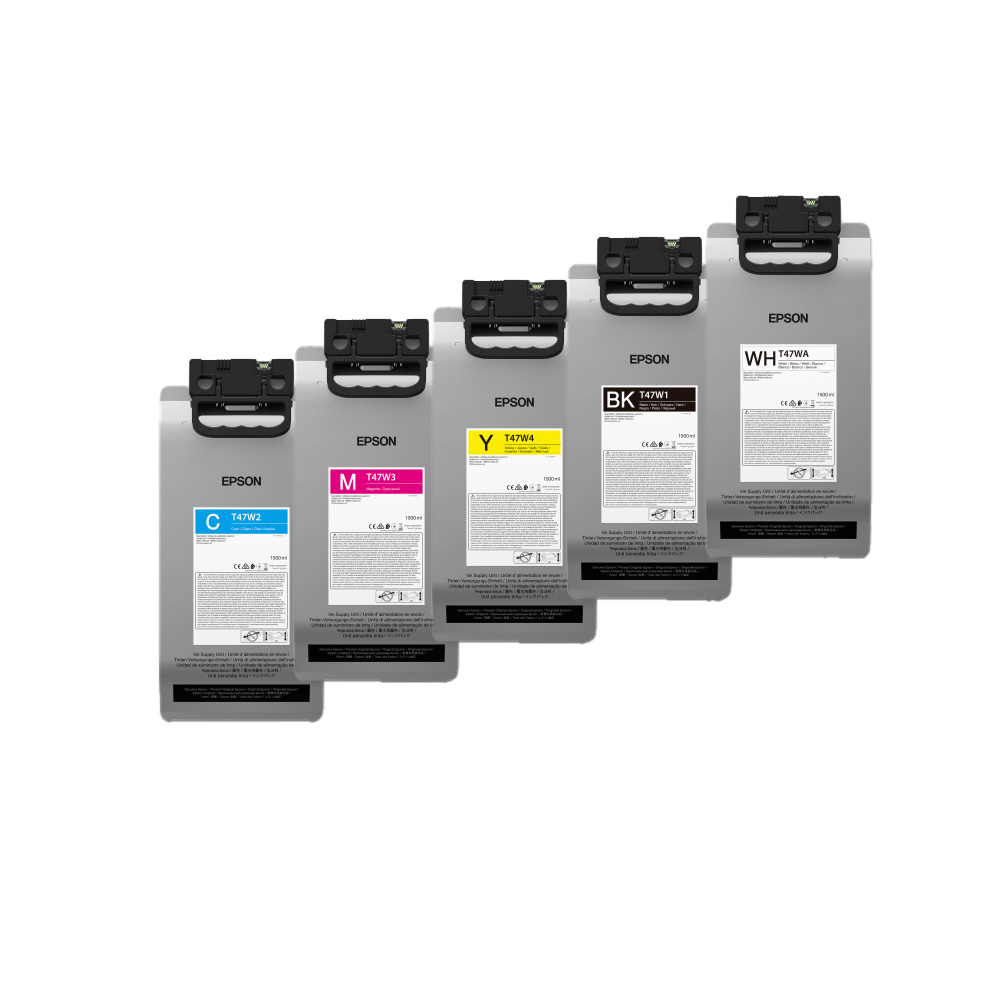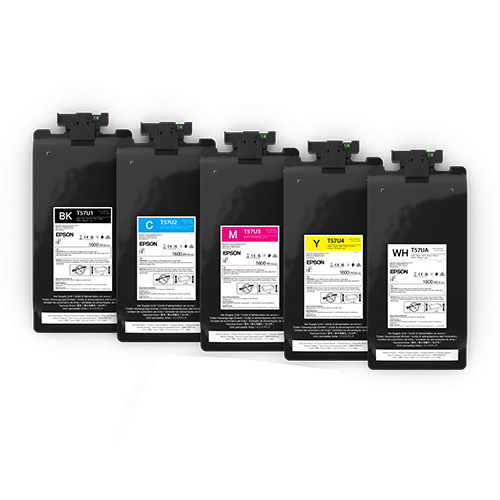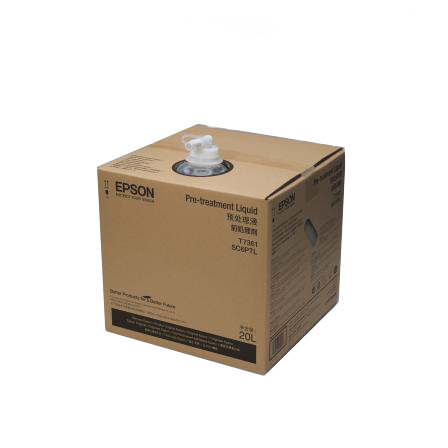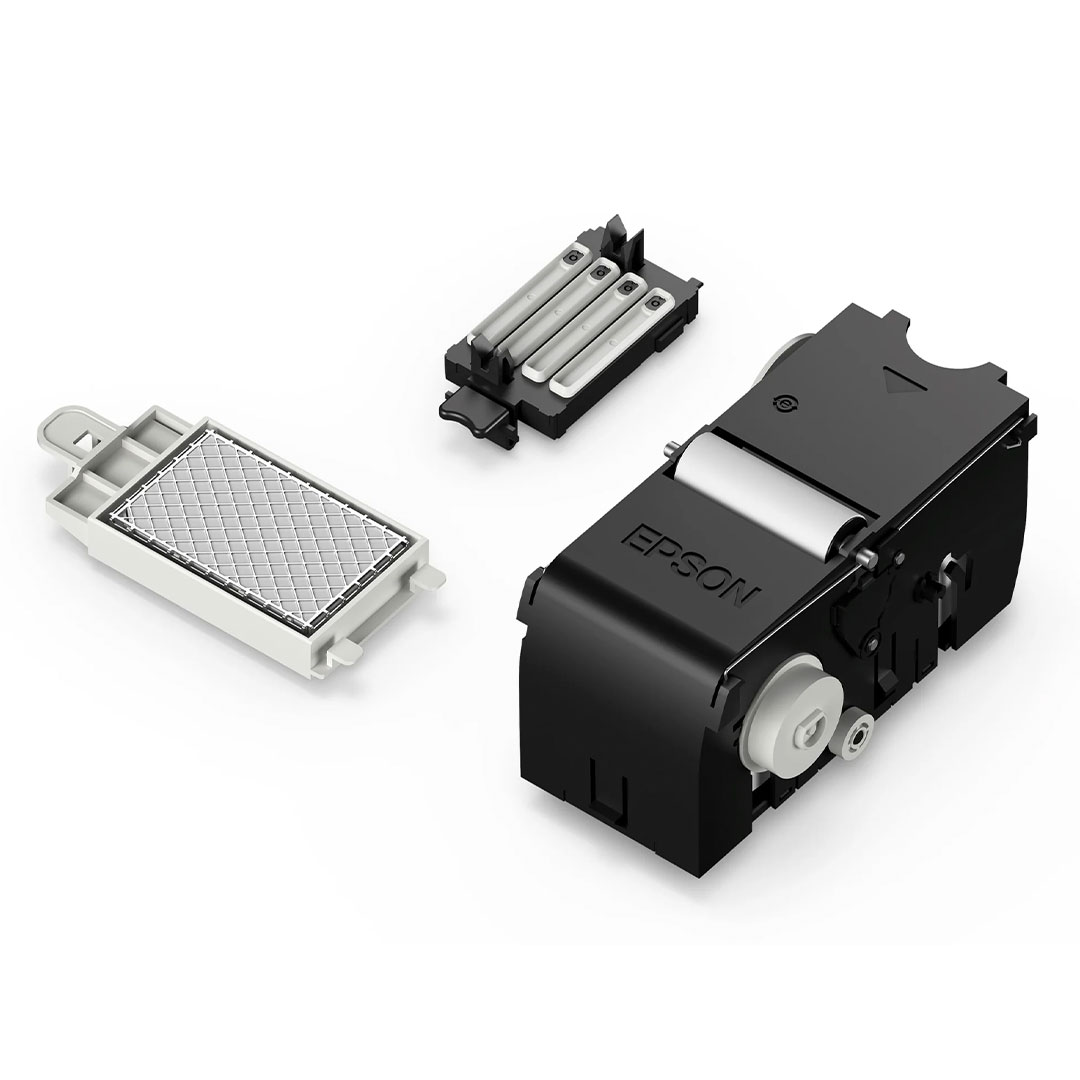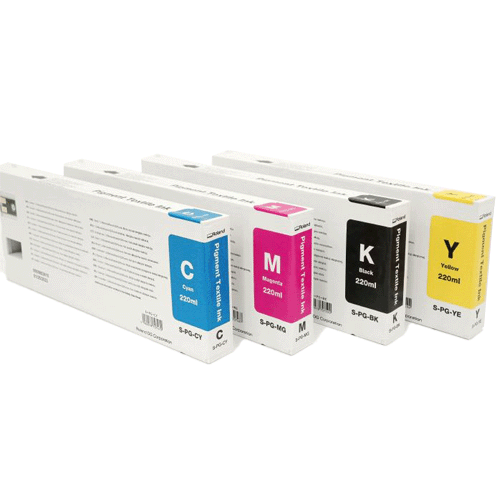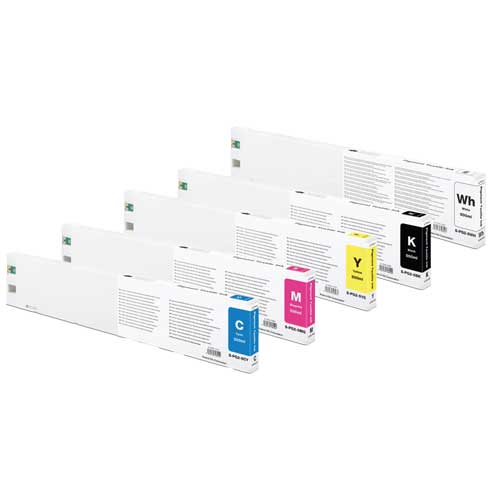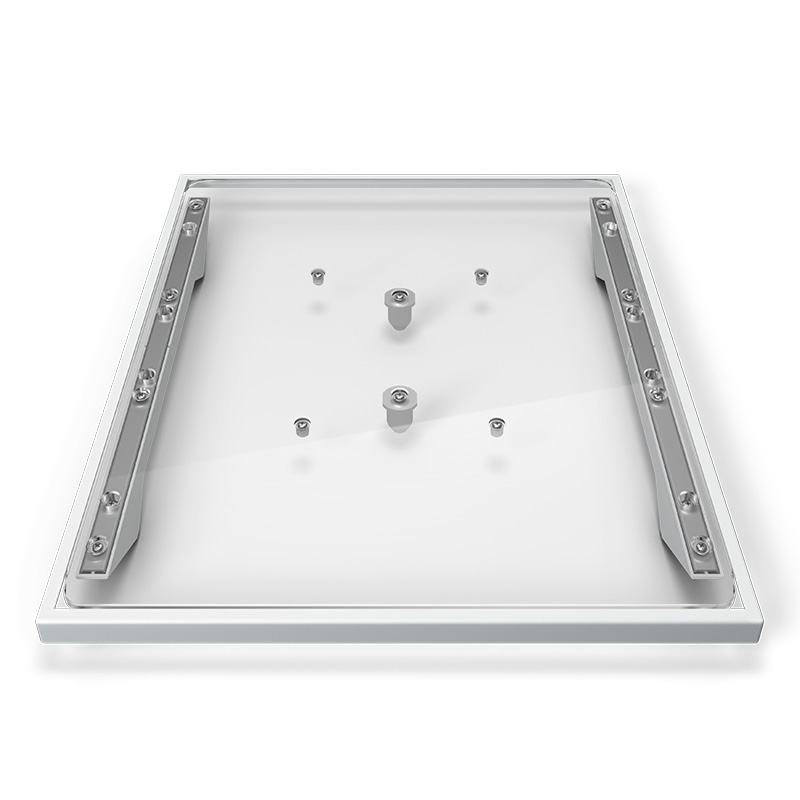Changing a Needle
How to replace a needle
Sew conditions and material properties will affect the life of a needle, but eventually, needles will need to be changed.
Video Demonstration:
- 1. Make sure the safety grabber blade is in the back position before changing a needle. If it is not, press the Adjustment and Center keys on the machine keypad to move the grabber back.
- 2. Above each needle is a needle clamp set screw that holds it in place. Using a small flat-blade screwdriver, turn the needle clamp set screw counterclockwise about a half of a turn, until the needle can slide down and out of the needle bar. Do not loosen too much or remove the set screw. Loosen the screw just enough for the needle to be removed.
- 3. Remove the needle by pulling down on the needle.
- 4. Embroidery needles have a front and a back side. The needle must be installed correctly or the sew quality may suffer. If you install the needle incorrectly, you may also get thread breaks. The front of the needle has a long groove (thread guide), while the back has an indented notch (scarf) just above the eye of the needle.
- 5. With the thread guide facing forward and the scarf facing back, slide the needle up and into the needle clamp as far as it will go. The eye of the needle should then be turned 5° to the right. The acceptable range is 0° – 20° to the right.
- 6. A needle orientation magnet may be used to help determine the angle of the
needle eye. This cylindrical magnet can be temporarily attached to the front of
the needle just above the eye. The end of the magnet will rest on each side of the
thread guide and stick straight out from the needle. This will better indicate the
angle of the eye. For reference, one minute is 6° on a clock face. - 7. While holding the needle in place, re-tighten the needle clamp set screw to hold the needle in place.
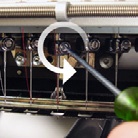

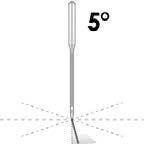
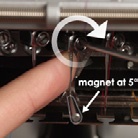
Common Reasons to Change the Needle
- The needle breaks or is bent.
- The thread will consistently fray – this usually means there is a bur on the needle causing it to fray a part of the thread.
- The needle is dull.
- Sewing conditions change, such as a change in fabric.

